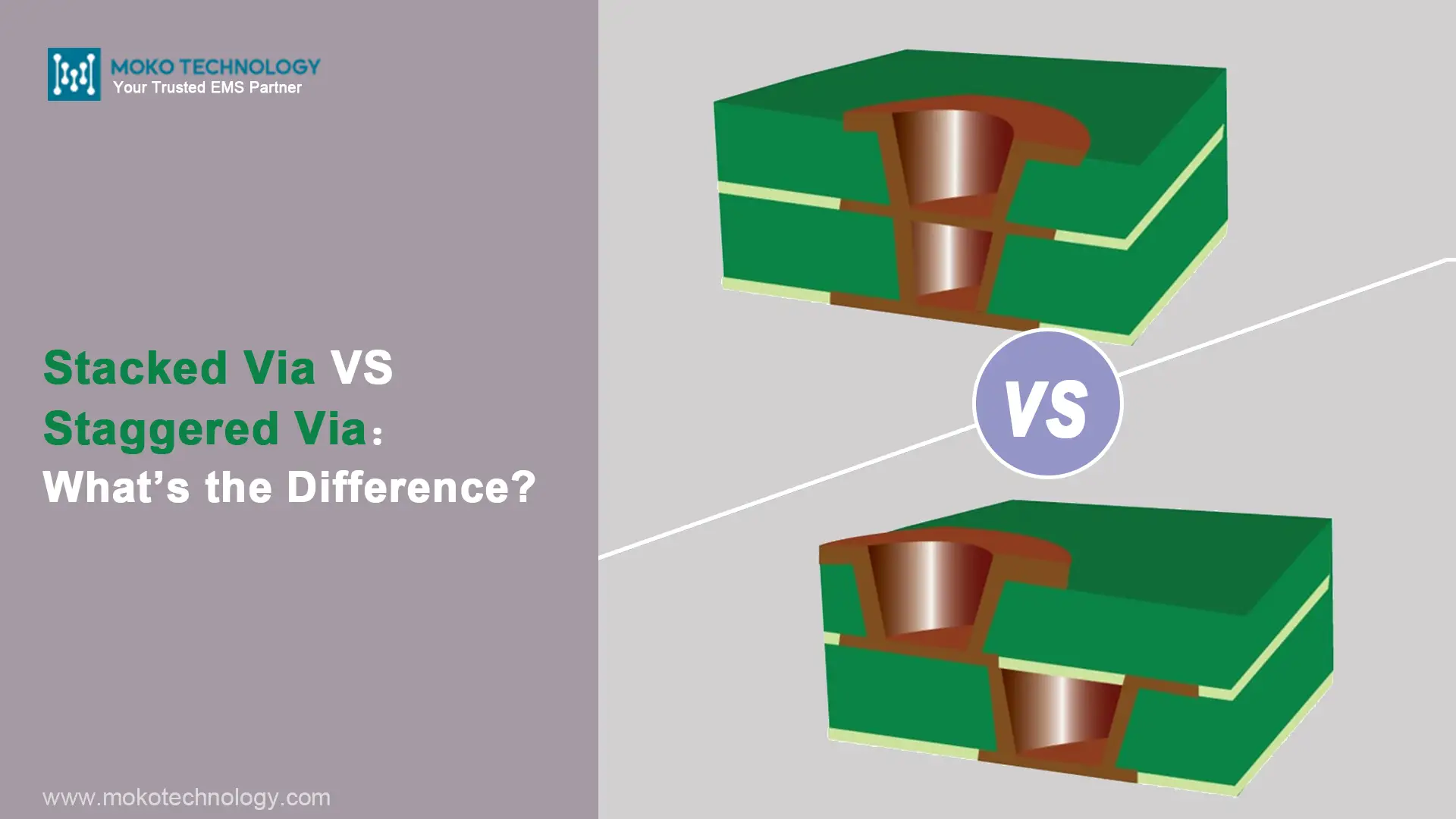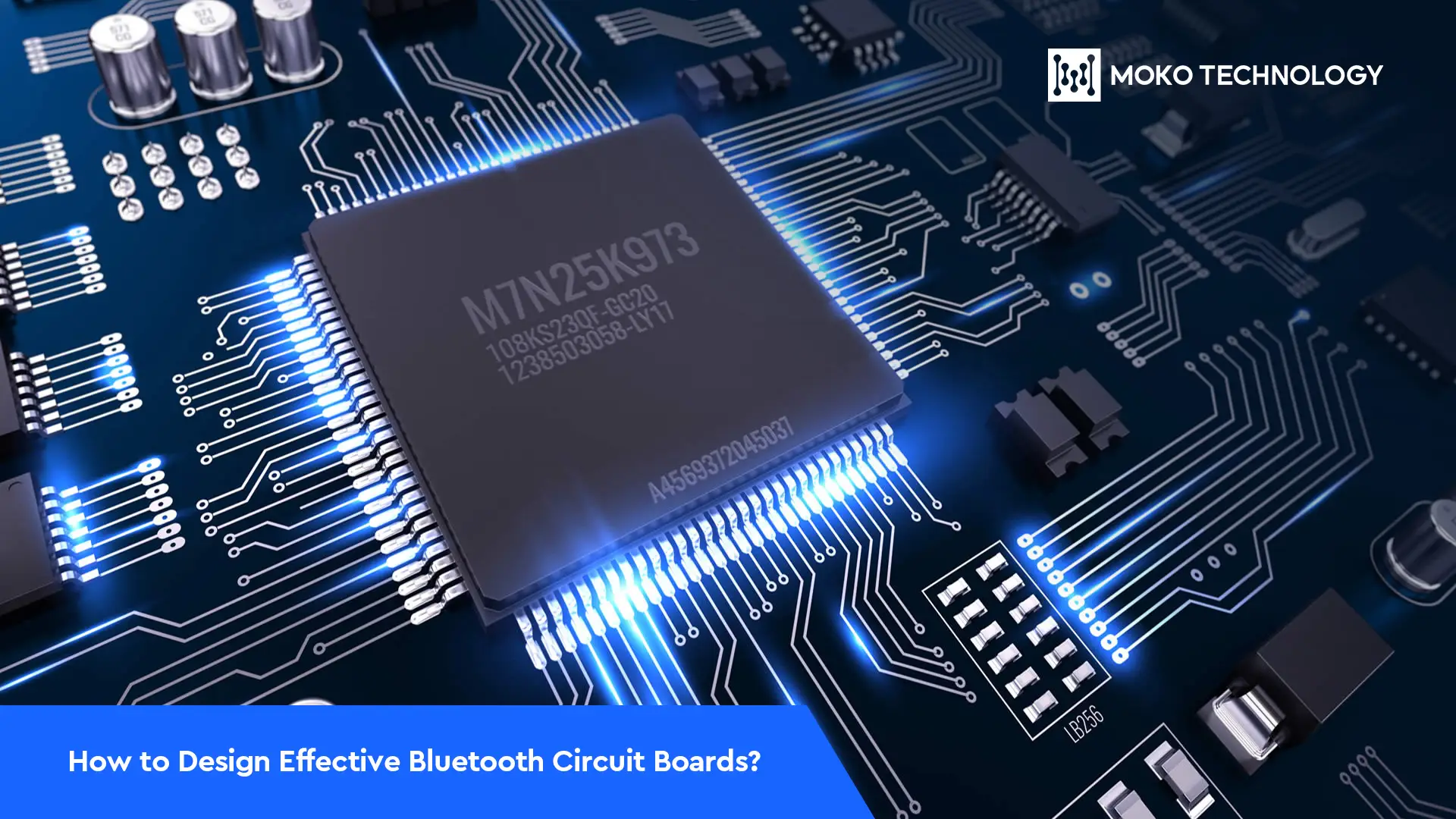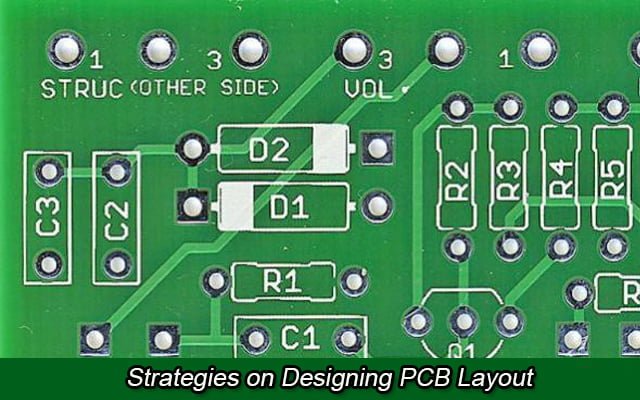Frequencies where the length of the trace is comparable to 1/10th of the wavelength of the wave in air is a decent rule of thumb I’ve heard.
However, you should still be watching out to avoid accidental antenna problems.
- Avoid ground loops. Use a single point as ground (usually a plane at the bottom of the PCB), and don’t route the ground of one point through the ground at another point. Ground loops can cause really big signal integrity problems.
- Where possible, use differential signaling — that is, a pair of wires or traces — to send signals, and receive them with differential amplifiers.
Read More: Telecom Electronics Manufacturing
#PCB Design



